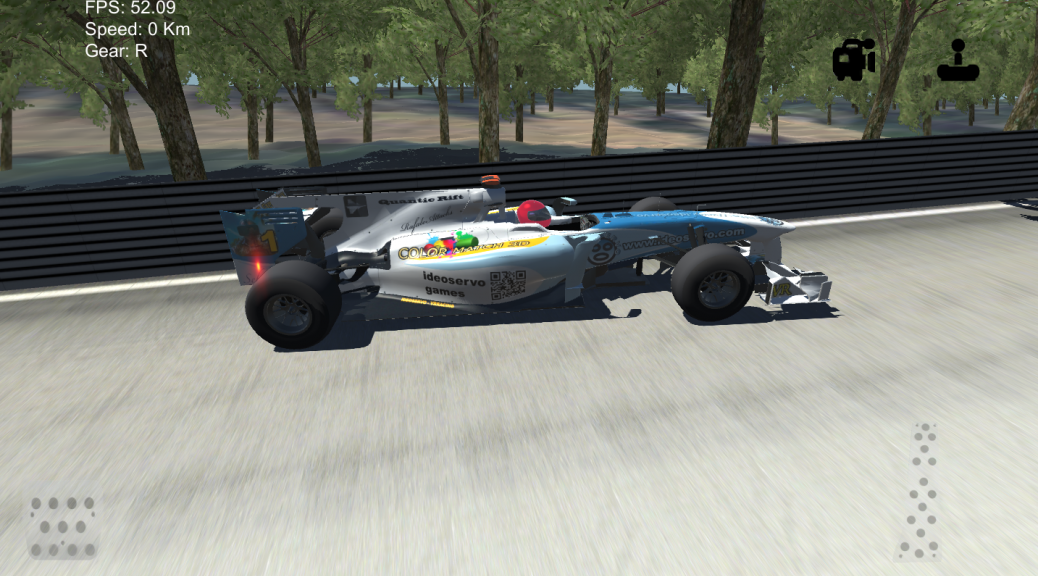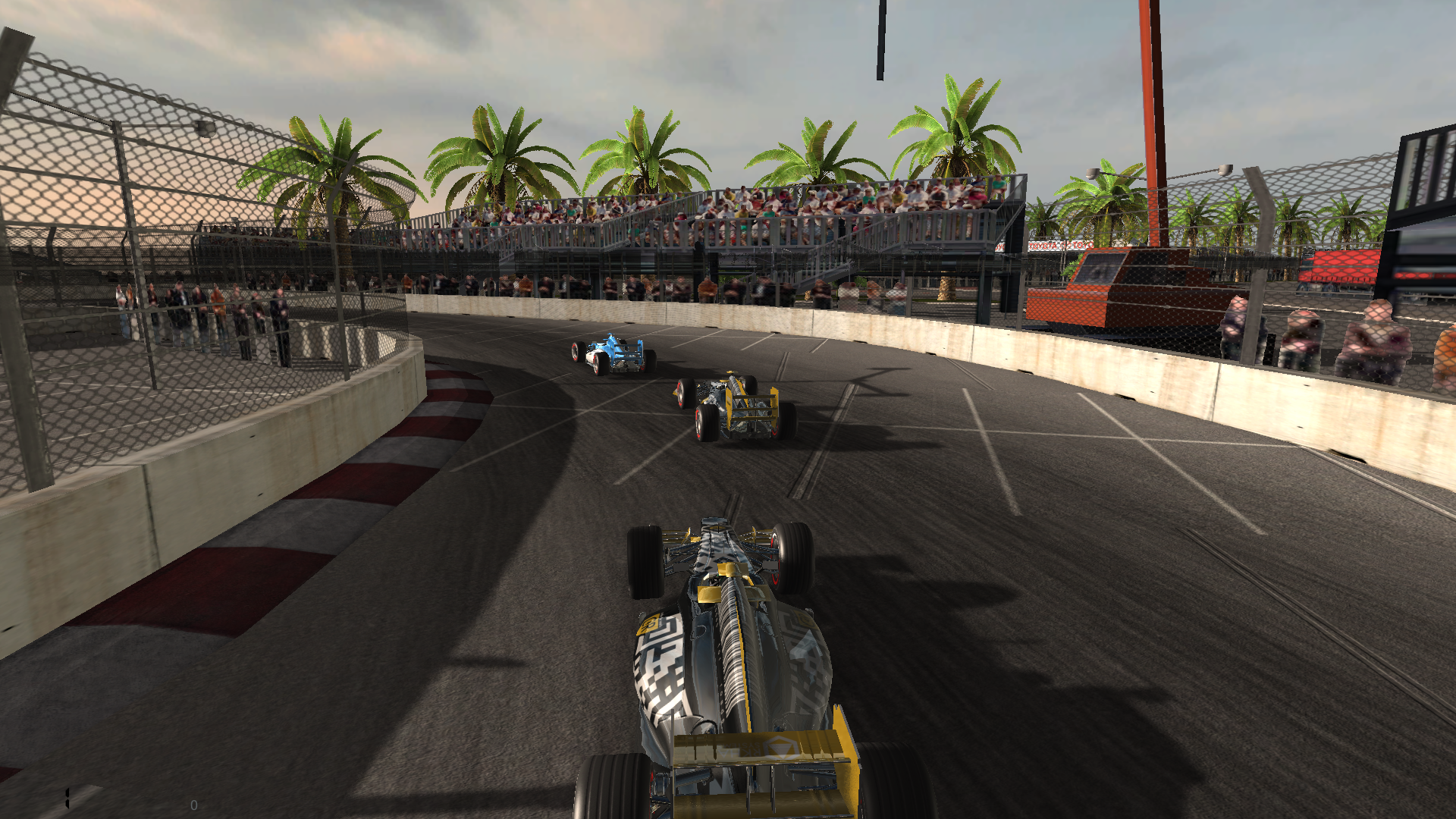
The V angle between the cylinder banks is 15°, and the compression ratio is 10:1. In 1994, a 2.9 L (177 cu in) ABV version was introduced in some European countries, with an increased bore of 82.0 mm (3.23 in). It had a bore of 81.0 mm (3.19 in) and a stroke of 90.3 millimetres (3.56 in), for a total displacement of 2.8 L (171 cu in). The first Volkswagen VR6 engine uses the AAA version. 12-valve versions Įarly VR6 engines had two valves per cylinder (for a total of twelve valves) and used one camshaft for the intake and exhaust valves of each cylinder bank (without the use of rockers).

Therefore, the VR6 engine is easier to fit within an engine bay that was originally designed for a four-cylinder engine. The narrow angle of 15° between the two cylinder banks reduced the width of the engine, compared to a traditional V6 engine. The Volkswagen VR6 engine was designed for transverse engine installations in front-wheel drive vehicles. Top views of a straight engine (left), V engine (centre) and VR engine (right) The difference in port lengths are compensated for with the length of the runners in the intake manifold, the camshaft overlap and lift profile, or a combination thereof. Without compensation, these varying port lengths would result in the two banks of cylinders producing different amounts of power at a particular engine RPM. Since the cylinders are not located on the centreline of the combined cylinder head, the lengths of the intake and exhaust ports are different for each bank. This simplifies engine construction and reduces costs. Only two camshafts are needed for the engine, regardless of whether the engine has two or four valves per cylinder. VR6 engines share a common cylinder head for the two banks of cylinders. From 1997 to 2006, Volkswagen also produced a five-cylinder VR5 engine based on the VR6.ĭescription Diagram showing the differences in port lengths between a V6 and VR6

Volkswagen Group introduced the first VR6 engine in 1991 and VR6 engines currently remain in production. The compact design is cheaper to manufacture, since only one cylinder head is required for all 6 cylinders, much like a traditional inline-6 engine. The VR6 is a highly compact engine, thanks to the narrower angle of 10.5 to 15-degrees between cylinder banks, as opposed to the traditional V6 angles ranging from 45 to 90-degrees. It was developed specifically for transverse engine installations and FWD (front-wheel drive) vehicles. The name VR6 comes from the combination of German words “Verkürzt” and “Reihenmotor” meaning “shortened inline engine”.

The VR6 engines, commonly referred to as the “staggered six” is a 6-cylinder engine configuration developed by VW. 1991–1995 Volkswagen Corrado 2.9 litre engine


 0 kommentar(er)
0 kommentar(er)
